‘But I don’t want turbidity’…
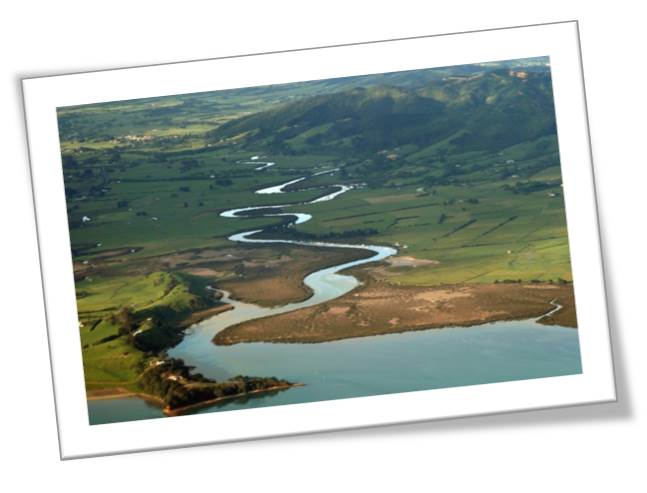
Perhaps a strange topic for a company that manufactures turbidity loggers, but this is a common problem for those using optical instruments to study suspended sediment. A lot of researchers, surveyors and consultants actually want to measure suspended sediment concentration (SSC), but end up measuring turbidity. Let’s investigate…
Why turbidity?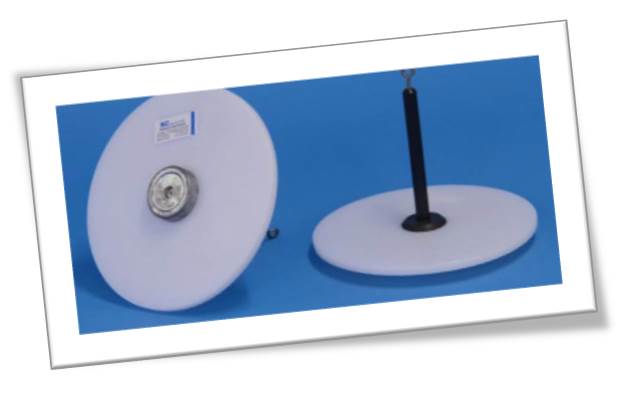
Turbidity can be measured in a variety of ways, from a simple secchi disk to high specification optical backscatter instruments. The instruments and sensors are well established, and techniques are commonly known and understood. If using the optical backscatter method, the sensors output turbidity values directly, so real time data is possible with significant operational benefits (e.g. dredge monitoring near coral reefs).
What is turbidity?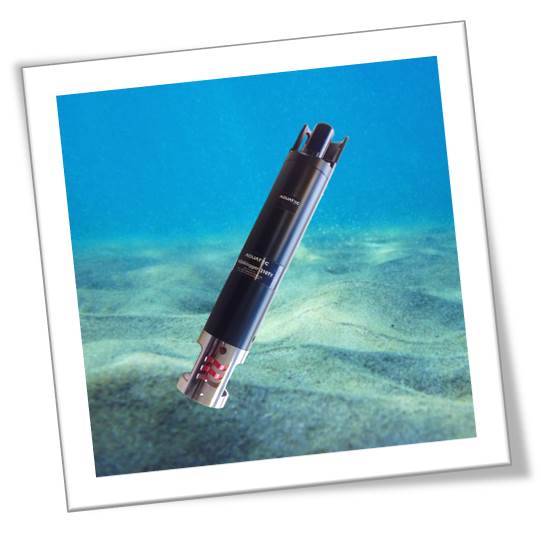
Turbidity is a measure of the clarity of water and doesn’t give any information on its own about the concentration or nature of what is in the water. The dimensionless turbidity value is dependent on the size, nature, colour and concentration of particles in the water. For example, the same concentration of kaolin (a white clay) and organic flocs will give very different turbidity readings.
Turbidity and SSC
Unfortunately, there is no way of converting turbidity to SSC without taking samples, as turbidity is dependent on so many properties of the material in the water. By taking samples, you can equate the turbidity of that environment to a concentration and use a conversion formula to apply more widely. The temporal and spatial frequency of sampling will depend on the environment being studied and the overall aims. E.g. if the environment is highly dynamic, more samples may be needed.
The solution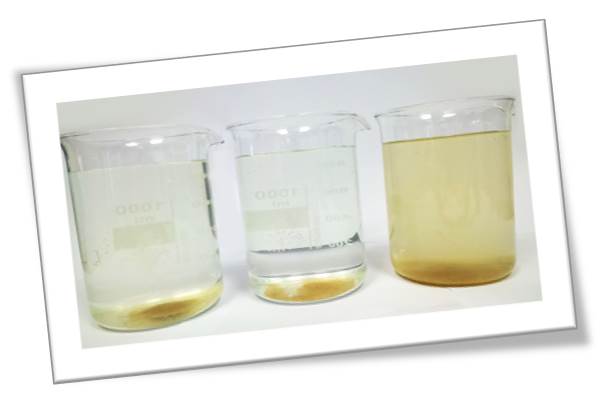
The short answer is to take samples if you want SSC! However, the task can be made less onerous by using conversion tools built into optical backscatter instruments, such as the SSC Converter in the new AQUAlogger 310TY. This allows you to input your samples, calculate your conversion, and then apply it to your turbidity data. If this is set up prior to deployment, you can output relevant SSC data in real time.
The alternative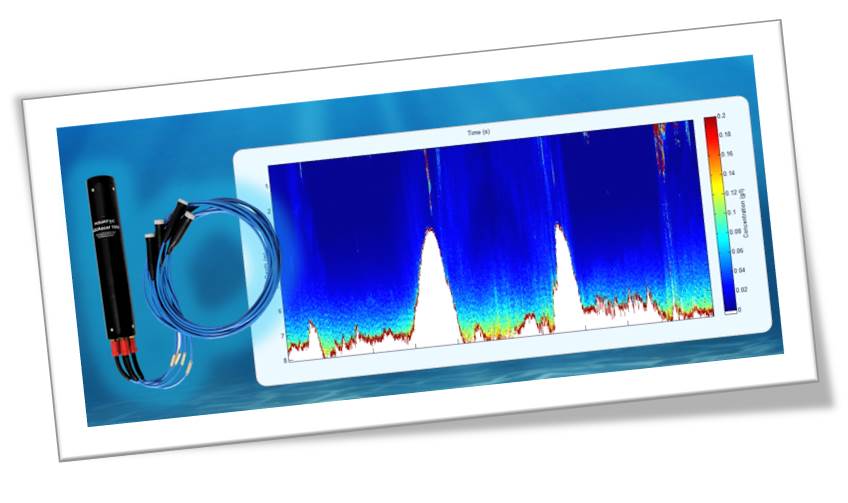
If you are not keen on taking samples or it isn’t feasible for a particular project, you could always measure SSC directly using an acoustic instrument. The AQUAscat 1000 is an acoustic suspended sediment profiler, and uses multiple frequencies to observe profiles of suspended sediment concentration over ranges of <1m to >10m without the need to take samples.
Don’t discount turbidity
Finally, there is value in measuring the turbidity itself. Turbidity is a regulated parameter in water treatment and other environmental studies, and so has direct relevance. Turbidity can be used in comparative studies, both temporally to study storm events or changes due to construction, and spatially to understand large aquatic areas. Turbidity can form baseline studies for engineering works and dredging.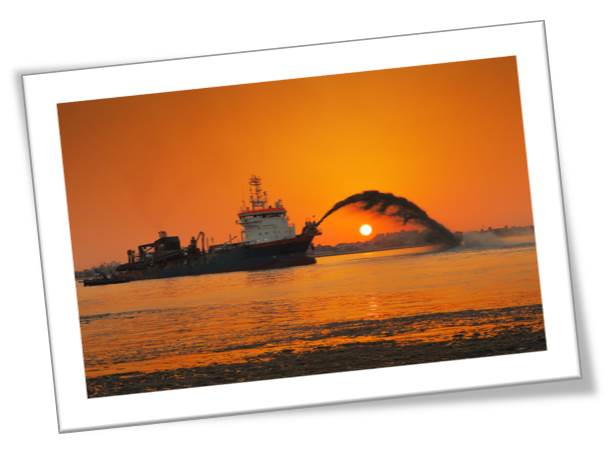
Find out more about the AQUAlogger 310TY turbidity logger and SSC Converter tool here
More info on the AQUAscat acoustic suspended sediment profiler can be found here
Finally, if you are looking for a secchi disk, click here